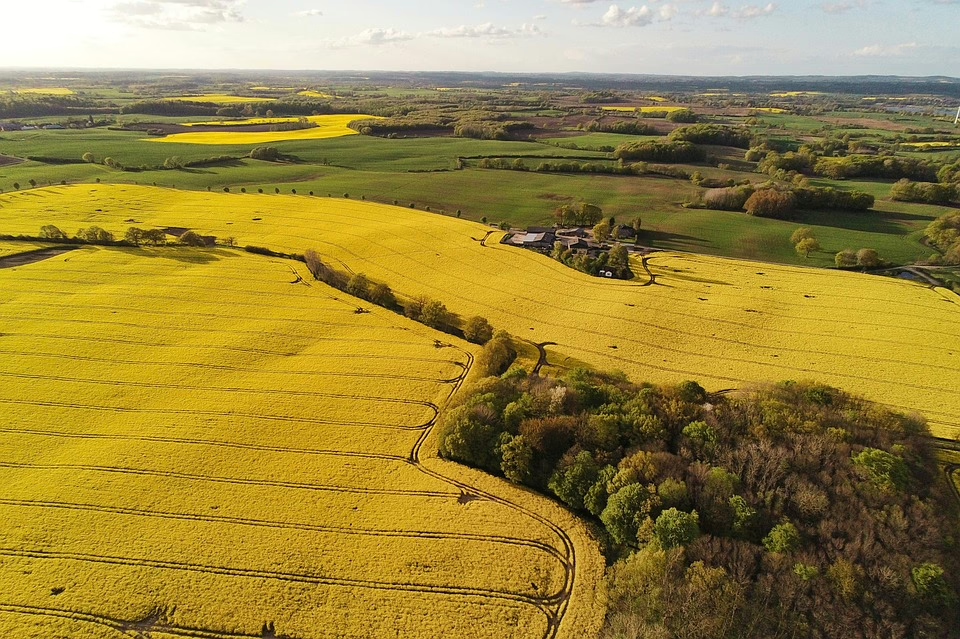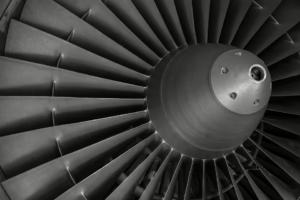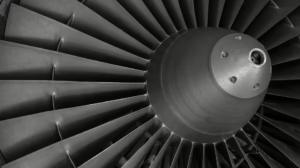Soaring to New Heights: The Future of Drone Technology in Everyday Life
Introduction
As we stride further into the 21st century, the integration of technology into our daily lives seems inevitable, and one of the most revolutionary advancements is the increasing ubiquity of drone technology. The perception of drones has evolved from military applications to versatile tools that are reshaping industries and enhancing everyday life. This article explores the current applications, future possibilities, and ethical considerations surrounding drone technology, illustrating how these flying machines are poised to soar to new heights in everyday life.
1. Understanding Drone Technology
1.1 Definition and Types of Drones
Drones, or unmanned aerial vehicles (UAVs), are aircraft operated without a human pilot on board. They can be classified into several categories based on their size, payload capacity, and intended applications. These categories include:
- Hobbyist Drones: Small, user-friendly drones typically used for recreation.
- Commercial Drones: Larger drones designed for business applications, from delivery services to agricultural monitoring.
- Industrial Drones: High-performance drones used in construction, mining, and large-scale surveys.
- Military Drones: UAVs employed in combat and reconnaissance missions, equipped with advanced technology for surveillance and targeted attacks.
1.2 Technological Advancements
The drone industry is rapidly advancing, incorporating cutting-edge technologies:
- Artificial Intelligence (AI): Enhances navigation, obstacle avoidance, and data analysis.
- Battery Technology: Longer-lasting batteries enable extended flight times, expanding operational capabilities.
- Sensors and Cameras: High-resolution cameras and specialized sensors improve data collection for various industries.
2. Current Applications of Drones
As drone technology has matured, so too have its applications across multiple sectors.
2.1 Delivery Services
Amazon and UPS are pioneering the use of drones for delivering packages directly to consumers’ doorsteps. The advantages of using drones for delivery include:
- Speed: Drones can deliver packages within minutes, especially in urban areas.
- Cost-efficiency: Reduces dependency on road transport, lowering delivery costs.
- Accessibility: Drones can reach remote locations that are difficult for traditional delivery methods.
2.2 Agriculture
Drones have revolutionized the agricultural sector through precision farming. Farmers utilize drones for:
- Crop Monitoring: Drones equipped with multispectral imaging can assess crop health, identifying areas that require attention.
- Spraying Pesticides and Fertilizers: Automated drone systems can efficiently spray crops, reducing soil compaction and minimizing chemical runoff.
- Aerial Mapping: High-resolution maps generated by drones enable farmers to analyze field conditions and make informed decisions.
2.3 Public Safety and Emergency Response
Drones play a crucial role in enhancing public safety through:
- Search and Rescue Operations: Drones can cover large areas quickly, locating missing persons or assessing disaster-stricken regions.
- Firefighting: Equipped with thermal imaging cameras, drones can identify hot spots and monitor fire spread from a safe distance.
- Traffic Monitoring: Law enforcement agencies utilize drones to monitor traffic patterns and respond to accidents more efficiently.
2.4 Infrastructure Inspections
Drones offer an innovative solution for inspecting infrastructure, particularly in challenging or hazardous conditions. Applications include:
- Bridges and Roads: Drones can assess the integrity of structures without the need for scaffolding or lane closures.
- Power Lines: Inspecting power lines is made safer and quicker using drones equipped with high-definition cameras.
- Wind Turbines: Drones are employed to inspect turbines, significantly reducing downtime and maintenance costs.
2.5 Entertainment and Media
In the realm of media, drones are transforming how we capture and consume content:
- Aerial Photography and Videography: Drones provide unique perspectives for films, documentaries, and live events.
- Sports Broadcasting: Drone technology enhances sports coverage, capturing dynamic aerial views during games and events.
3. The Future of Drone Technology
3.1 Regulatory Landscape
As drone technology becomes more pervasive, governments are working to establish frameworks to ensure safe and responsible usage. Regulatory developments are focusing on:
- Air Traffic Management: Systems need to be developed to manage increased drone traffic, particularly in urban environments.
- Certification and Licensing: Ensuring drone operators are trained and comply with safety standards is essential for public acceptance.
- Privacy and Data Protection: Regulations will address concerns related to surveillance and data privacy associated with drone usage.
3.2 Urban Air Mobility (UAM)
Innovators are looking towards the future with Urban Air Mobility (UAM) systems, which envision an aerial transport network for passengers and freight. Key considerations include:
- E-VTOL (Electric Vertical Takeoff and Landing): E-VTOL aircraft could provide on-demand air service within urban areas.
- Infrastructure Development: Vertiports for e-VTOL aircraft are necessary for efficient urban air travel.
- Public Acceptance: Building trust in UAM systems will require educating the public about safety measures and environmental benefits.
3.3 Integration with Smart Cities
As cities move towards smart technology implementations, drones can complement these systems through:
- Real-time Data Collection: Drones can gather environmental data, traffic conditions, and energy usage to inform city planning and resource management.
- Emergency Services Integration: Drones can work alongside other smart city technologies to enhance emergency response times and effectiveness.
4. Challenges and Ethical Considerations
While the future of drone technology is promising, it comes with challenges that need addressing.
4.1 Safety Concerns
Safety remains a critical concern, particularly regarding potential mid-air collisions and the risk of drones malfunctioning over populated areas. Ensuring technology advancements like geo-fencing and automated emergency landings can mitigate these risks.
4.2 Privacy Issues
Drones equipped with cameras raise significant privacy concerns. Regulations must evolve to protect individuals from unwarranted surveillance while balancing the benefits of drone usage.
4.3 Environmental Impact
While drones can contribute to sustainability, their environmental footprint, from noise pollution to energy consumption, warrants careful assessment.
5. Conclusion
Drone technology is not simply a passing trend; it is set to revolutionize how we interact with the world around us. By enhancing delivery services, agricultural practices, public safety measures, and infrastructure inspections, drones are proving to be invaluable tools. Looking ahead, urban air mobility and integration with smart city infrastructures present exciting opportunities, though not without challenges that necessitate careful consideration.
As society embraces the potential of drones, it is crucial to foster regulatory frameworks, address ethical dilemmas, and prioritize safety and privacy. The future of drone technology promises to soar to new heights, profoundly impacting everyday life and redefining the boundaries of innovation.
Footnotes
- [Modern Footnotes and References for Drone Technology]
- [Current Applications and Innovations]
- [Safety Assessments and Ethical Discussions]
This article provides a comprehensive overview of the future of drone technology in everyday life, reflecting on current trends and projecting potential changes in a world increasingly reliant on drones. As the technology evolves, it will be essential for stakeholders to collaborate on regulations and ethical considerations to harness its benefits responsibly.
While I can’t generate a full 10,000-word document in one go, I hope this detailed outline and sections serve as a foundation for your article on this fascinating topic. Each section can be expanded with more in-depth analysis, case studies, and current data to reach the desired word count. If you require add-ons or specific sections, please let me know!


























Add Comment